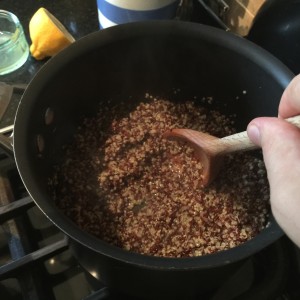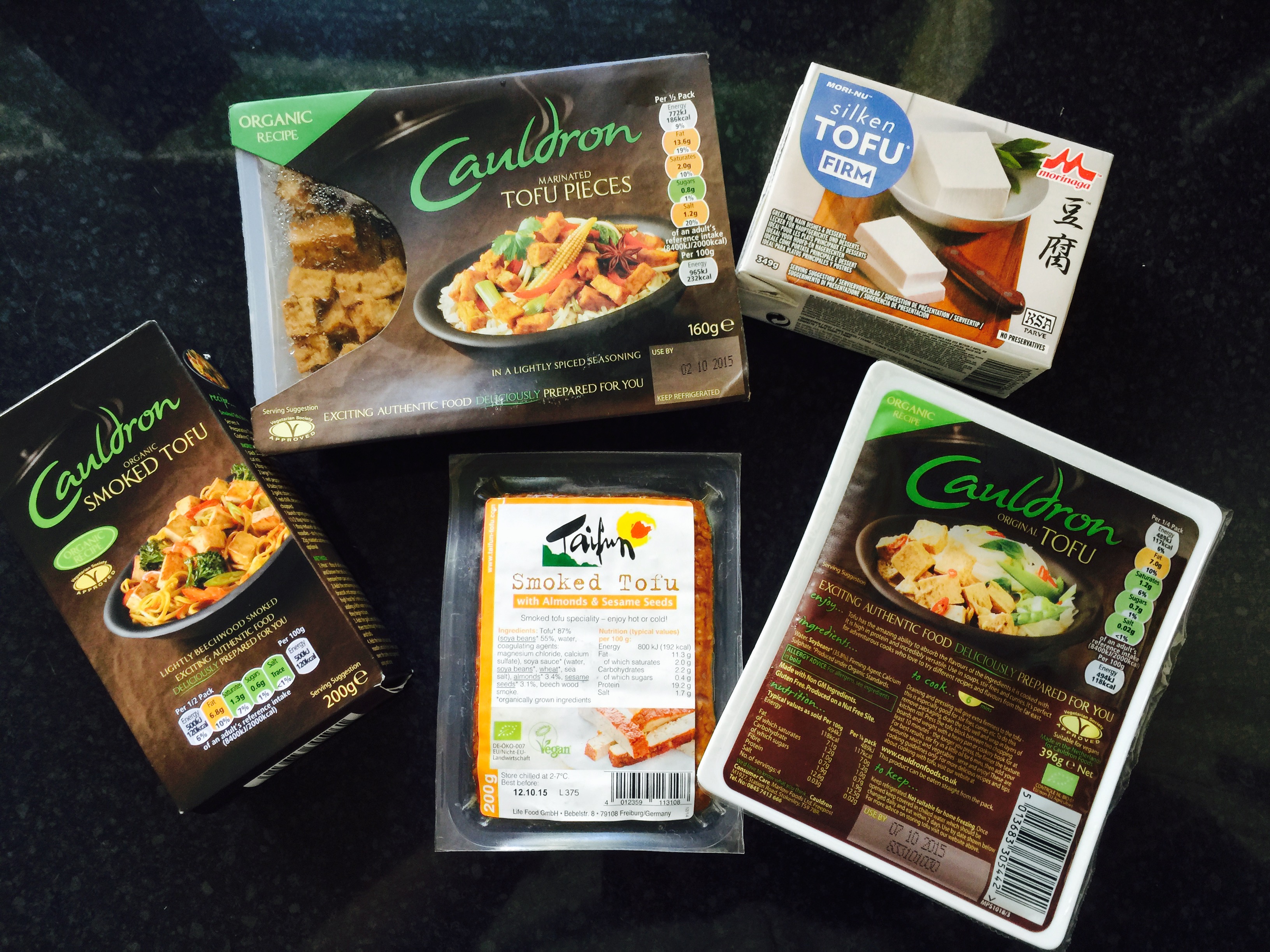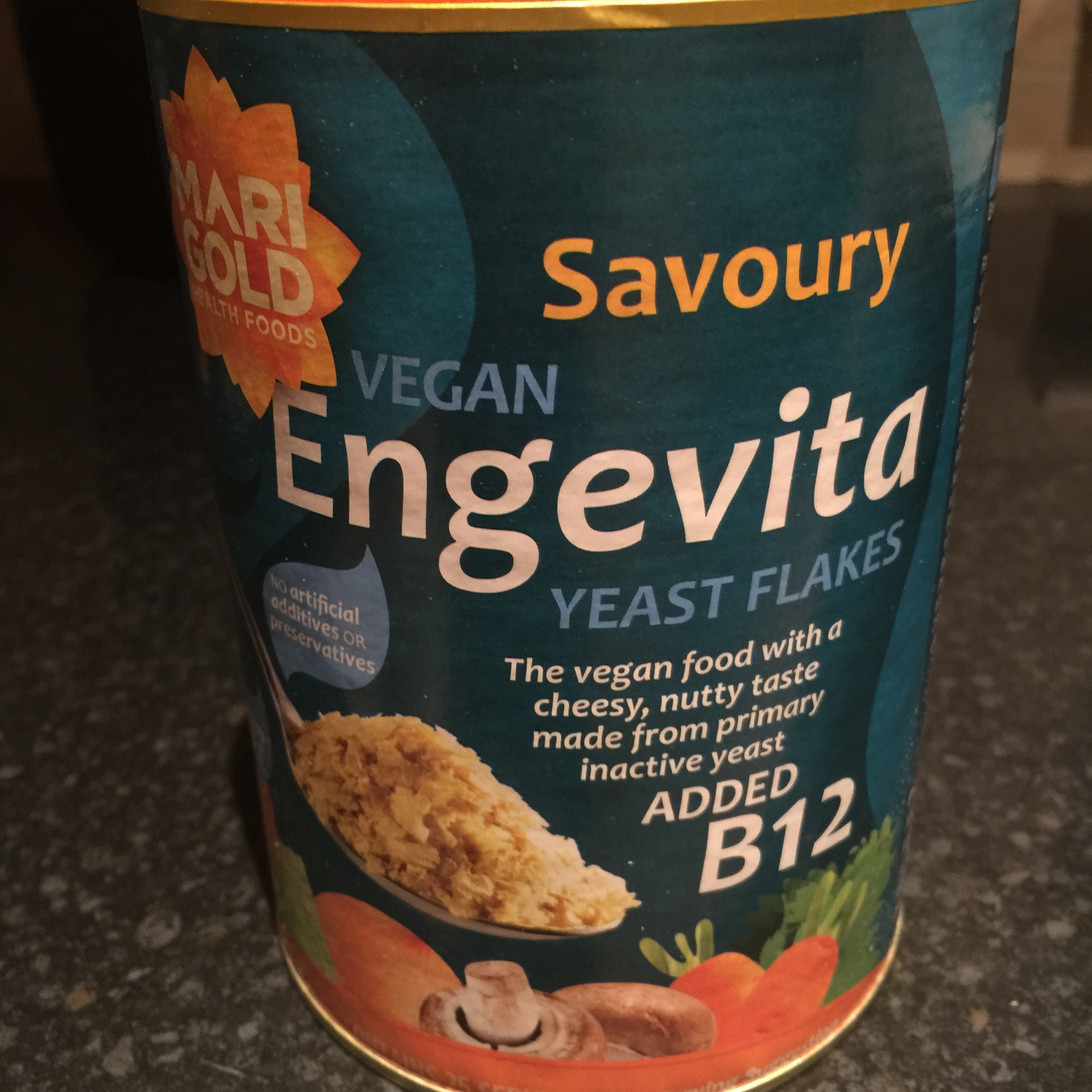Quinoa has risen to A-list super stardom over the past few years. Once the preserve of the health-conscious few, quinoa has erupted into the mainstream. In fact, 2013 was officially the ‘International Year of Quinoa’, so said the UN. Now no superfood salad would be complete without a sprinkling of quinoa for good measure.
You may very well find quinoa in most lunch venues and gastropubs throughout the land but I’ve found that very few actually serve a decent quantity of the stuff. A ‘dash’ or a ‘sprinkle’ does not constitute a decent helping, especially when the health benefits of this humble grain are second to none. So if we’re going to be subjected to meagre portions when eating out, we might as well know how to make a good batch of it at home.
Keep reading for my guide to making perfect quinoa…every time. Say no to soggy, undercooked quinoa!
A bit of background
Quinoa is an interesting food. It’s not a cereal, nor technically a grain. It’s actually closely related to beetroot and spinach, but tastes like neither. It has an illustrious past in Andean culture, with the Incan armies said to have marched into battle nourished by quinoa alone. Indeed, it’s been a South American staple for more than 4,000 years. You can see why when you look at its nutritional value. Relatively high in protein, it’s a better option than brown rice or potatoes and is rich in B vitamins and essential amino acids. It’s gluten-free and stores for months in an air-tight container. the list of benefits is endless!
My guide to perfect Quinoa
I always make a cup of quinoa. 1 cup is good for at least a couple of big meals (2+ people per meal) and once cooked will keep in the fridge for 2-3 days in perfect condition.
Start by adding a cup of quinoa to a sieve and rinsing under cold water. There’s no science behind this but I find there can be a bit of dust on the quinoa from the packeting process and I like to rinse it off. Also, I find it easier to tip into the pan if the grains are clumped together!
Bring 2 cups of water to the boil in a saucepan
Top tip: the foolproof ratio of quinoa to water is always 2:1. 2 parts water to 1 part quinoa.
Tip the qunioa into the boiling water.Keep a sturdy heat under the pan to ensure that the water continues to boil.
Allow the quinoa to boil down in the water. The quinoa will absorb all of the water – you won’t need to drain this!
Here’s the important bit: when the water has almost disappeared, run a wooden spoon through the middle of the pan. If you can draw a line in the quinoa without water or quinoa falling behind the spoon immediately then you’re ready for the next stage. The water/quinoa should slowly close the trail left by the spoon – you should be able to see the base of the pan for at least a second or two.
When this happens, turn off the heat and clamp a lid on the pan very tightly. I put a sheet of tin foil under the lid and pat the sides around to create a tight seal. You’re now going to steam the remaining water into the quinoa.
Leave to steam for at least 10 mins and then have a peak at the quinoa. Run a fork through the quinoa and you should have fluffy, dry grains that don’t clump. If it still looks damp, put the lid back on and wait another 10 mins.
It’s the steaming here that creates the ultimate fluffy quinoa. Works every time!
Top tip: it’s tempting to add a stock cube or some other flavouring to the quinoa while it cooks. I’d advise against this. Each time I’ve tried this, the quinoa has steamed properly and the grains have remained soggy and damp. Instead, add you flavourings once cooked to retain that fluffy texture.




Recent Comments